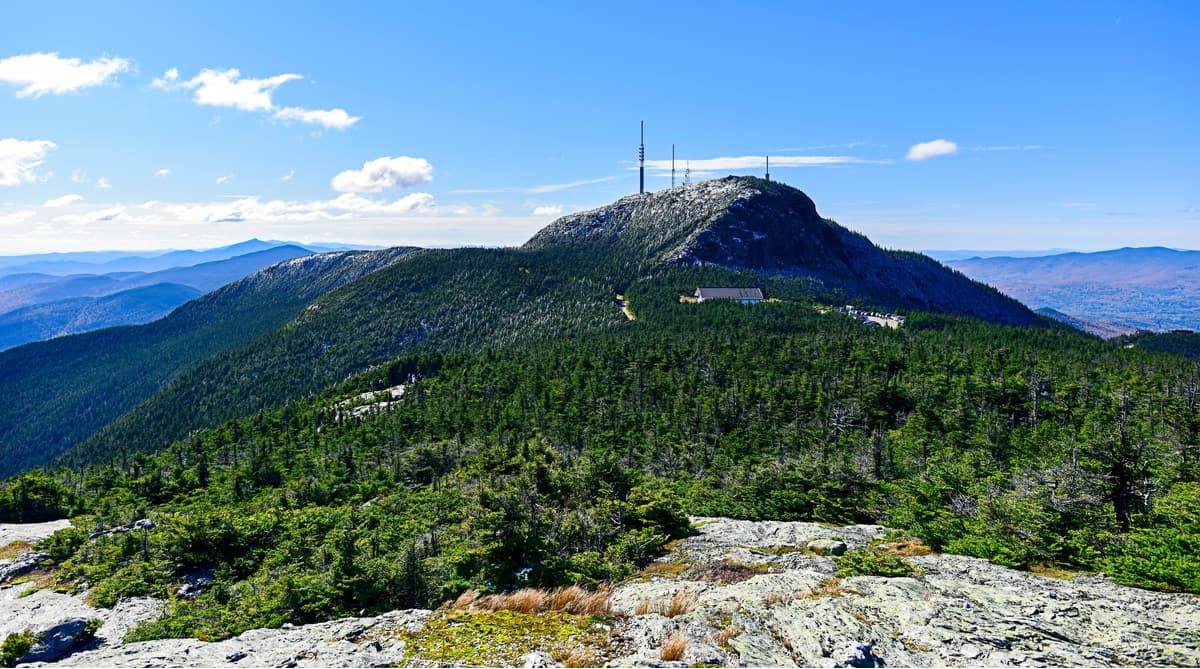Secrets Of Vermont’s Mountain Stone Circles

Have you ever heard of Vermont's mountain stone circles? These mysterious formations have puzzled visitors and locals alike for years. Nestled in the Green Mountains, these stone circles are believed to date back centuries. Some say they were created by Native American tribes, while others think they might be the work of early European settlers. Regardless of their origin, these circles offer a fascinating glimpse into the past. Imagine hiking through lush forests and suddenly stumbling upon a perfectly arranged circle of stones. It's like stepping into another world. Ready to learn more about these intriguing landmarks? Let's dive into the secrets of Vermont's mountain stone circles.
Secrets of Vermont's Mountain Stone Circles
Vermont, known for its picturesque landscapes and charming small towns, hides a mysterious secret in its mountains. Scattered across the state, ancient stone circles have puzzled historians and adventurers alike. These enigmatic structures, often found in remote and rugged terrain, offer a glimpse into a forgotten past. Let's uncover some of these fascinating sites.
1. Upton Chamber
The Upton Chamber, located in the town of Upton, is one of the largest and most well-preserved stone chambers in New England. This underground structure, built from massive stone slabs, is thought to date back to pre-Columbian times. Its purpose remains a mystery, but some speculate it was used for ceremonial or astronomical purposes.
2. Calendar II
Calendar II, situated in South Woodstock, is an intriguing stone circle that aligns with the solstices and equinoxes. This site features a series of standing stones arranged in a circular pattern, with some stones marking significant astronomical events. The precise alignment of these stones suggests that ancient inhabitants had a sophisticated understanding of celestial movements.
3. The Stone Chambers of Putney
Putney, a small town in southern Vermont, is home to several stone chambers scattered throughout the woods. These chambers, built from large, flat stones, are believed to be ancient burial sites or ceremonial structures. The craftsmanship and design of these chambers indicate a high level of skill and knowledge among their builders.
4. The Westford Knight
The Westford Knight, located in the town of Westford, is a mysterious carving on a large stone slab. The carving depicts a medieval knight, complete with a sword and shield. Some believe this carving is evidence of early European explorers in North America, while others argue it is a natural formation. Regardless of its origin, the Westford Knight remains a captivating enigma.
5. The Mystery Hill
Mystery Hill, also known as America's Stonehenge, is a complex of stone structures and carvings located in Salem, New Hampshire, just a short drive from Vermont. This site features a series of stone chambers, walls, and standing stones that align with astronomical events. The origins and purpose of Mystery Hill are still debated, but it offers a fascinating glimpse into the region's ancient past.
6. The Gungywamp Complex
The Gungywamp Complex, located in Groton, Connecticut, is another intriguing site within driving distance of Vermont. This complex features stone chambers, walls, and other structures that date back thousands of years. Some believe the Gungywamp Complex was used for ceremonial or astronomical purposes, while others argue it was a settlement or fortification.
7. The Stone Chambers of Newfane
Newfane, a quaint town in southern Vermont, is home to several stone chambers hidden in the woods. These chambers, built from large, flat stones, are thought to be ancient burial sites or ceremonial structures. The precise construction and alignment of these chambers suggest a deep understanding of engineering and astronomy among their builders.
8. The Stone Circles of Dummerston
Dummerston, a small town in southeastern Vermont, boasts several stone circles scattered throughout its forests. These circles, made from large, upright stones, are believed to have been used for ceremonial or astronomical purposes. The alignment of these stones with celestial events indicates a sophisticated knowledge of astronomy among the ancient inhabitants.
9. The Stone Chambers of Guilford
Guilford, located in southern Vermont, is home to several stone chambers hidden in the hills. These chambers, constructed from massive stone slabs, are thought to be ancient burial sites or ceremonial structures. The craftsmanship and design of these chambers suggest a high level of skill and knowledge among their builders.
10. The Stone Circles of Marlboro
Marlboro, a small town in southern Vermont, features several stone circles scattered throughout its forests. These circles, made from large, upright stones, are believed to have been used for ceremonial or astronomical purposes. The precise alignment of these stones with celestial events indicates a deep understanding of astronomy among the ancient inhabitants.
Vermont's Hidden Gems
Vermont's mountain stone circles offer a unique glimpse into the past. These ancient formations, scattered across the Green Mountains, hold stories waiting to be uncovered. Exploring these sites provides not just a hike but a journey through history. Each stone circle has its own tale, from mysterious origins to possible ceremonial uses. Visiting these hidden gems can be a rewarding experience for history buffs and nature lovers alike. The beauty of Vermont's landscapes combined with the intrigue of these ancient structures makes for an unforgettable adventure. Whether you're a seasoned hiker or just curious about the past, these stone circles are worth the trip. So, lace up your boots, grab a map, and head out to discover the secrets of Vermont's mountain stone circles. You'll leave with memories and perhaps a deeper appreciation for the mysteries of our world.

